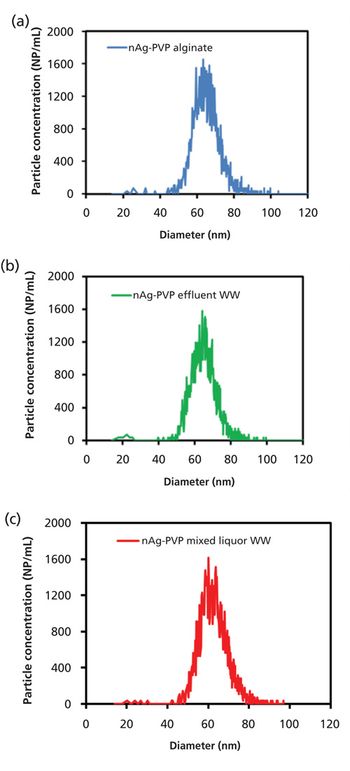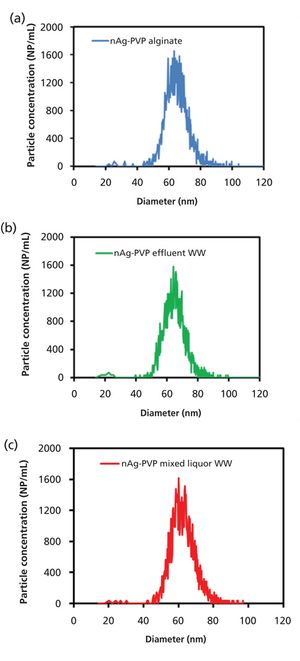Articles by Robert Thomas

A look at the implementation of the new United States Pharmacopeia (USP) chapters and the International Conference for Harmonization (ICH) guidelines for elemental impurities from an historical perspective, providing insight into the changes and considering the challenges and opportunities that lie ahead as the industry embraces the new methodology.

October’s AP column highlights a team of geochemists at the University of Houston who have been developing methods to streamline multi-element analysis for a more complete fingerprinting of oils by using one sample preparation method utilizing a single reaction chamber microwave digestion system and then analyzing these solutions for major, and minor elements by ICP-OES and low abundance trace elements by triple quadrupole (QQQ) ICP-MS. Results to date using this approach have shown that complete elemental recovery and removal of organic matrices can be achieved safely and that up to 57 elements can be determined in oils with good accuracy and precision. Removal of organic matrices during digestion not only helps to limit the formation of polyatomic spectral interferences, but improves instrument stability and reduces carbon build in the sample introduction and interface regions, which have traditionally plagued “dilute and shoot” methods.

This month’s column presents an overview of the new 11th edition of the ACS Book of Reagent Chemicals and discusses some of the updated methods, and new procedures being adopted. In particular, we focus on new plasma based spectrochemical methodologies for the determination of heavy metals in reagent chemicals, which have replaced the 100 year-old test using precipitation and colorimetric measurement of the metal sulfides.

SP-ICP-MS demonstrates excellent potential for characterizing nanoparticles in varied types of environmental samples.

This article offers some suggestions for routine maintenance and offers guidance to troubleshoot common problems encountered in the ICP-MS sample introduction area.




